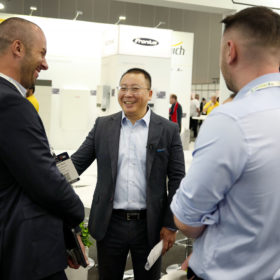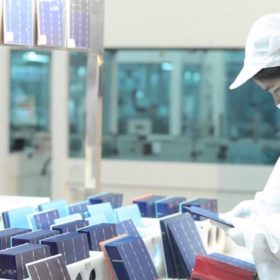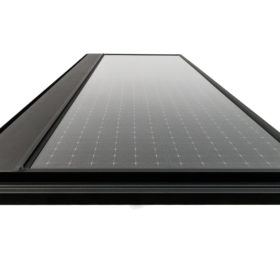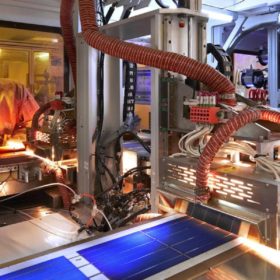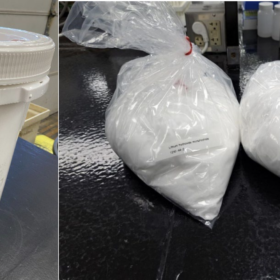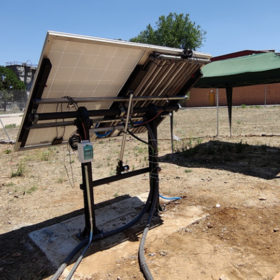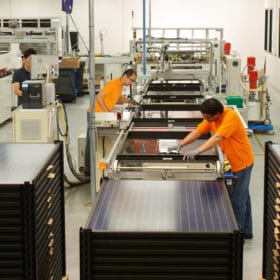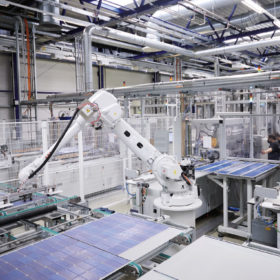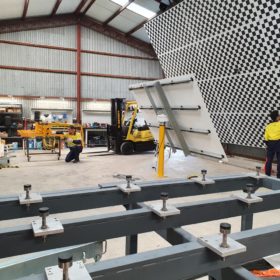Tracking towards complete Trina solutions in the solar sphere
New releases, a confluence of auspicious milestones, and output growing by gigawatts gave Trina Solar in Australia cause to celebrate at All-Energy this week.
Globalised supply chains saved $103 billion in solar panel production costs
A new study has calculated that the globalised PV module supply chain has saved billions for PV installers in Germany, the US and China. It also found that if strong nationalistic policies that limit the free flow of talent and capital were implemented going forward, solar panel costs would be 20-25% higher by 2030.
Tile on the high-performance PV!
A commercial and residential solar installation company with diversified interests as a developer of some of Australia’s biggest solar farms, Leeson Group is now taking a high-performance, Australian-engineered solar roof tile to the global market.
China’s solar cell production capacity may reach 600 GW by year-end
The Asia Europe Clean Energy (Solar) Advisory revealed that most of the planned new solar cell production capacity relates to high-efficiency n-type cell technologies such as TOPCon and HJT.
Australian company’s novel green lithium concept yields battery-grade product in Germany
ASX-listed Vulcan Energy, a company working on a project in Germany that it says will deliver ‘zero carbon’ lithium by combining geothermal plants with lithium electrolysis, today announced its pilot produced high grade lithium hydroxide which ‘easily exceeds’ battery grade specification.
Underground heat exchanger to cool down solar panels
Spanish scientists have built a cooling system featuring heat exchangers on solar panels and U-shape heat exchangers installed in a borehole at a depth of 15 meters. The researchers claim that this reduces panel temperatures by up to 17%, while improving performance by about 11%.
Making Australian solar circular
Former Tindo Solar CEO, Shayne Jaenisch, outlines how Australia’s renewables industry can avoid forced labour, cut waste, secure its supply chains and create a domestic manufacturing industry.
Volt unveils ‘world beating’ Australian-engineered solar tile
Melbourne-based renewable energy company Leeson Group has unveiled an Australian-engineered roof solar PV tile that it describes as the highest energy generating solar tile in the world, with a solar efficiency of up to 19.3%.
Global installed PV capacity could hit 260 GW in 2022
The International Energy Agency Photovoltaic Power Systems Programme (IEA PVPS) estimates that 173.5 GW of new solar capacity was installed in 2021, and that figure might rise to 260 GW in 2022. pv magazine spoke with the co-chair of the European Solar Manufacturing Council to look into the figures.
CSP specialist Vast Solar plans Australian ‘gigafactory’
Concentrating solar thermal power specialist Vast Solar has unveiled plans to establish a CSP “gigafactory” to manufacture its heliostats and solar receivers in Australia after a successful trial at a pilot facility in Queensland.
